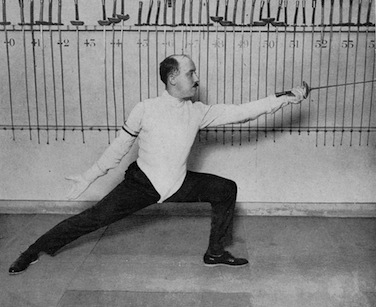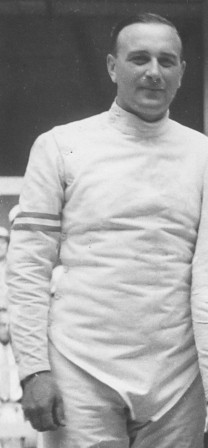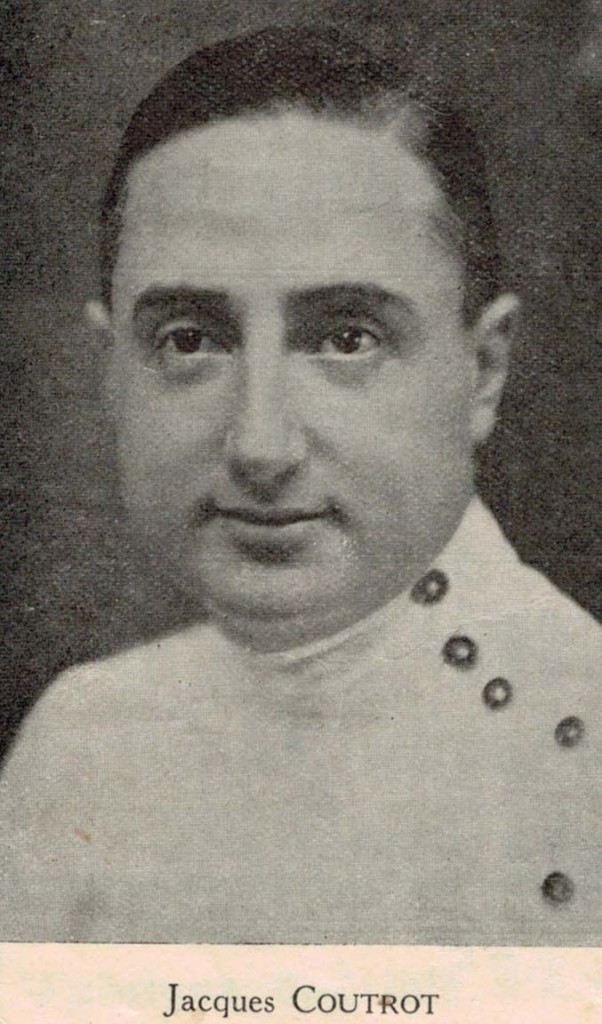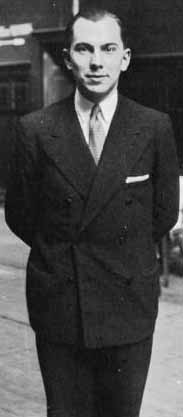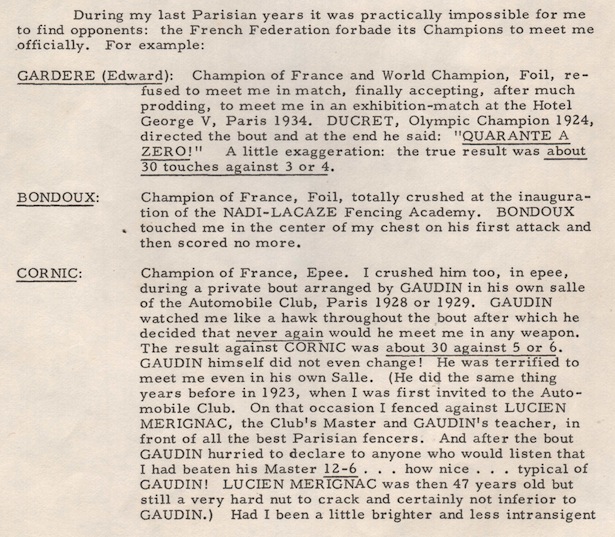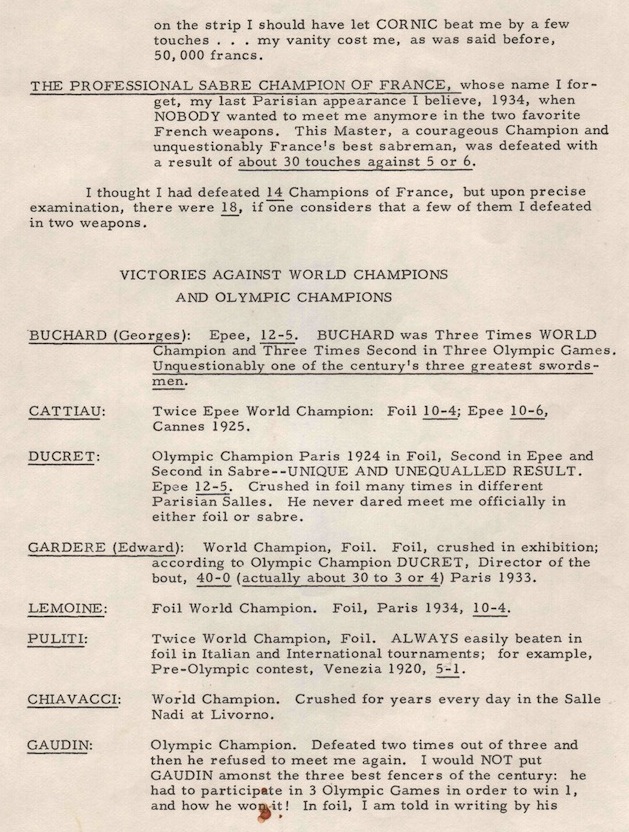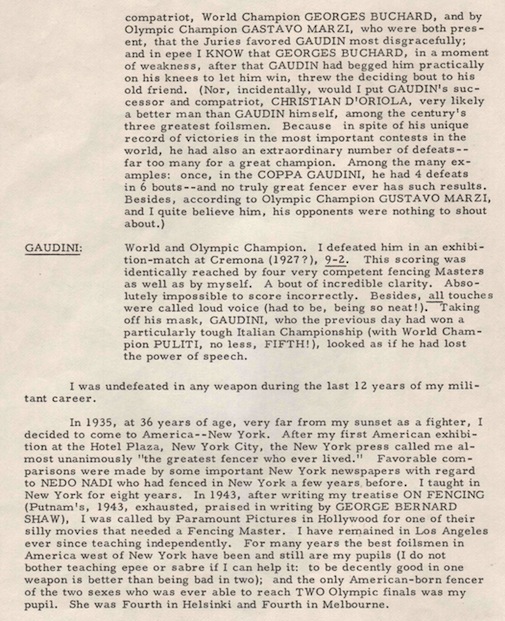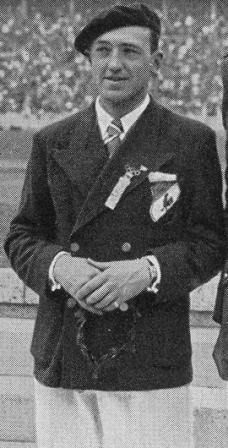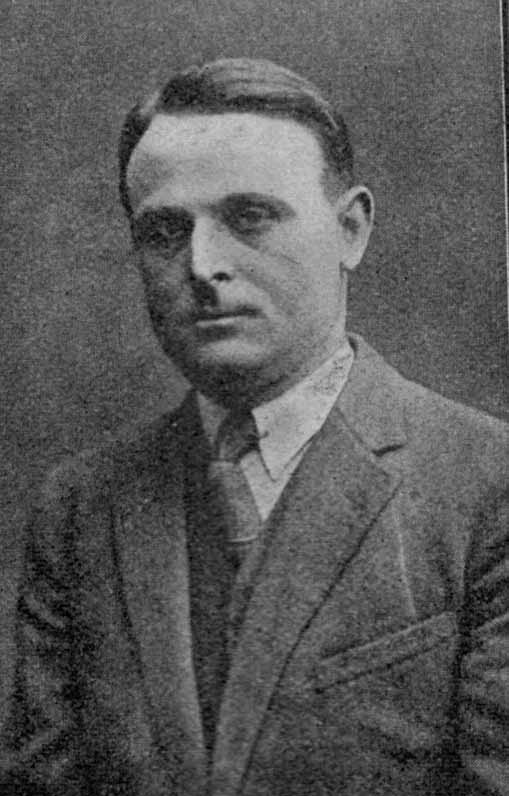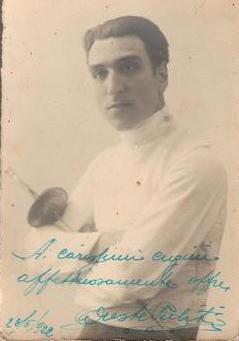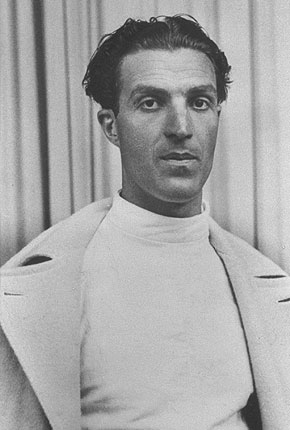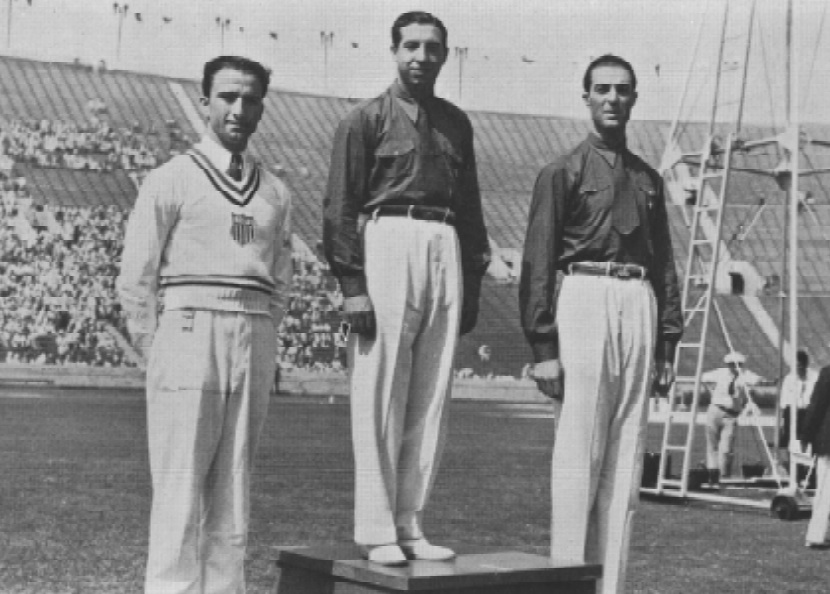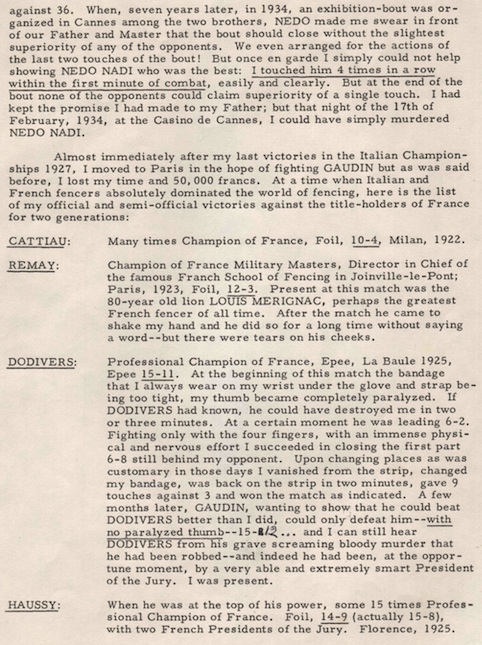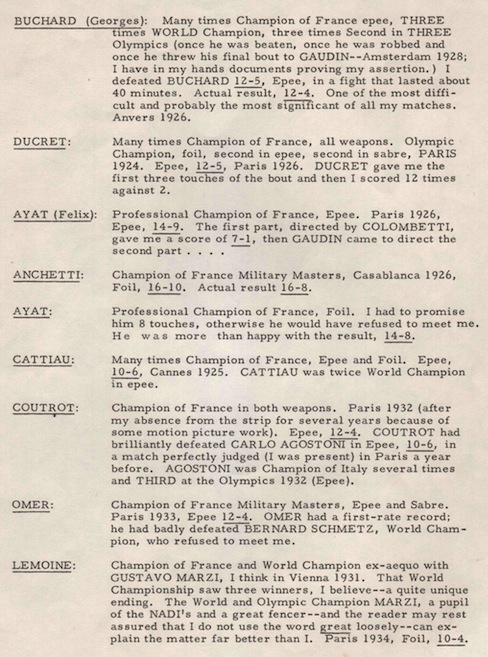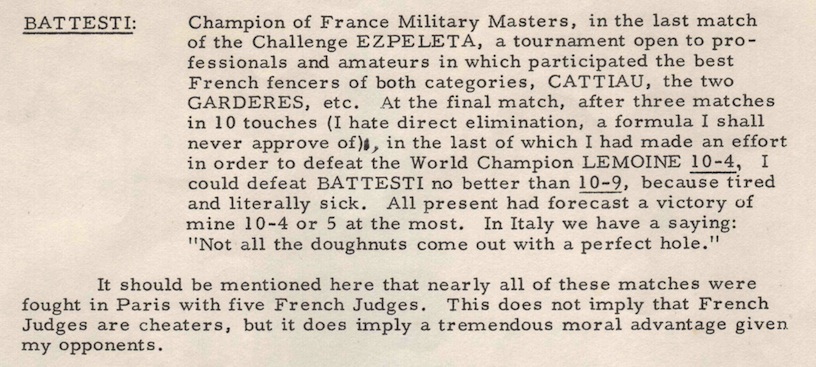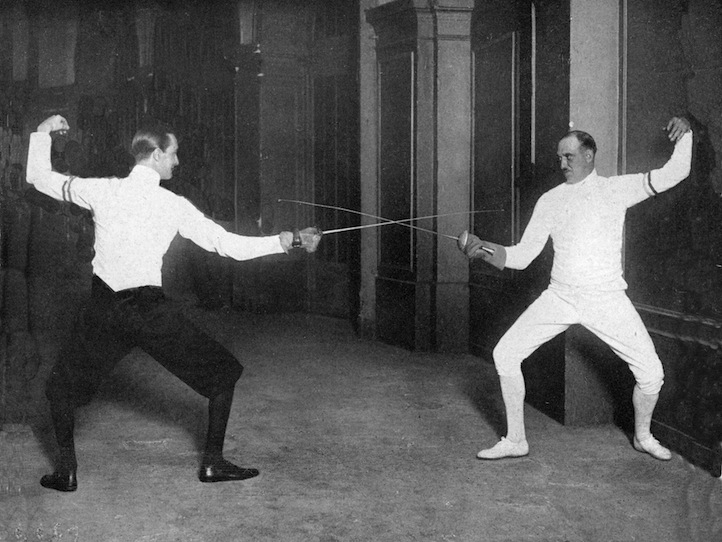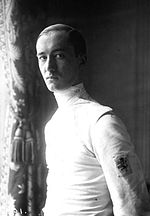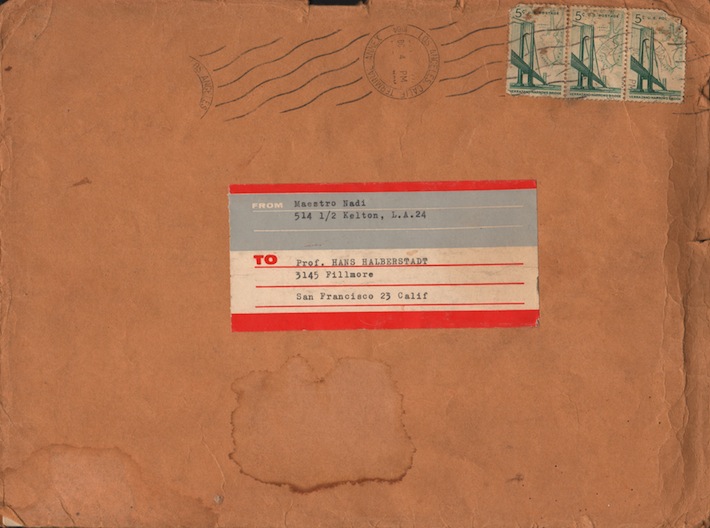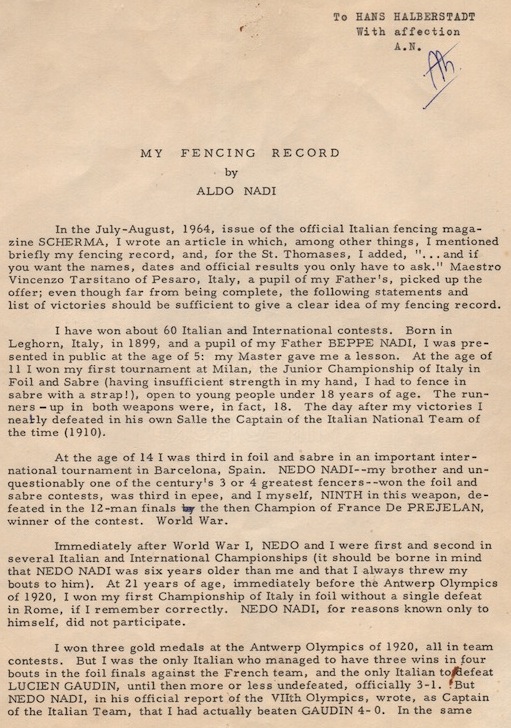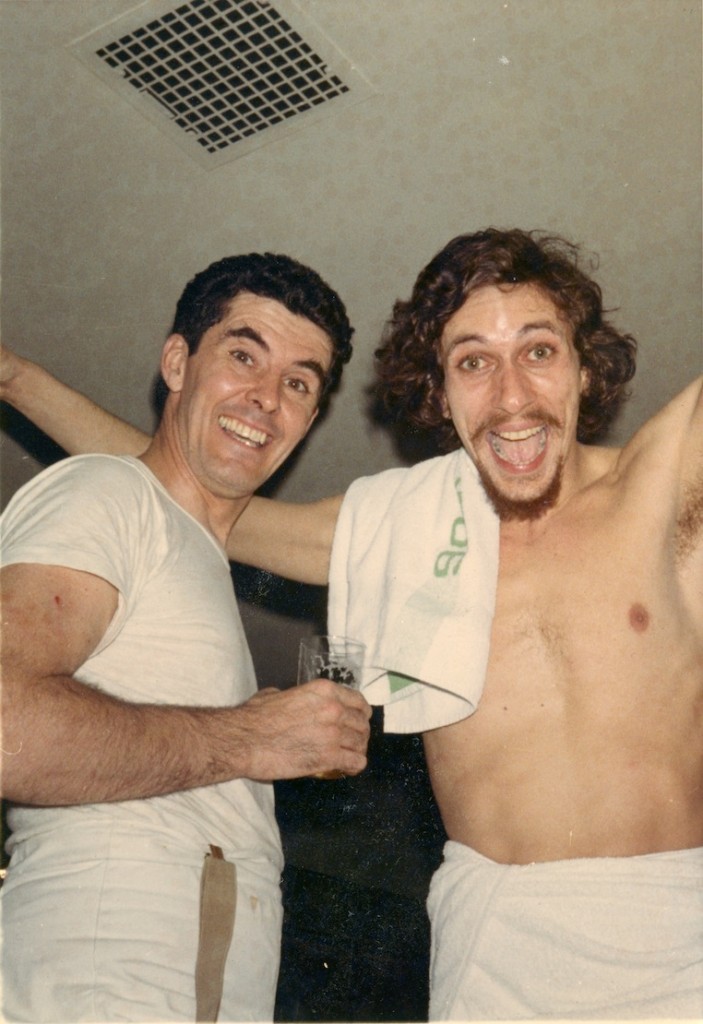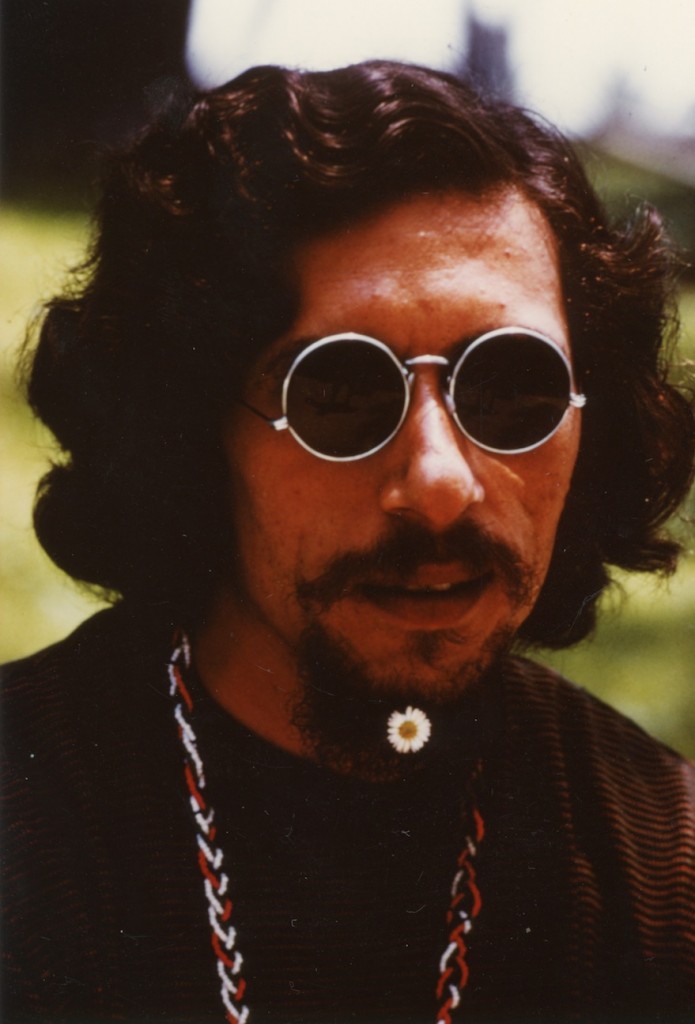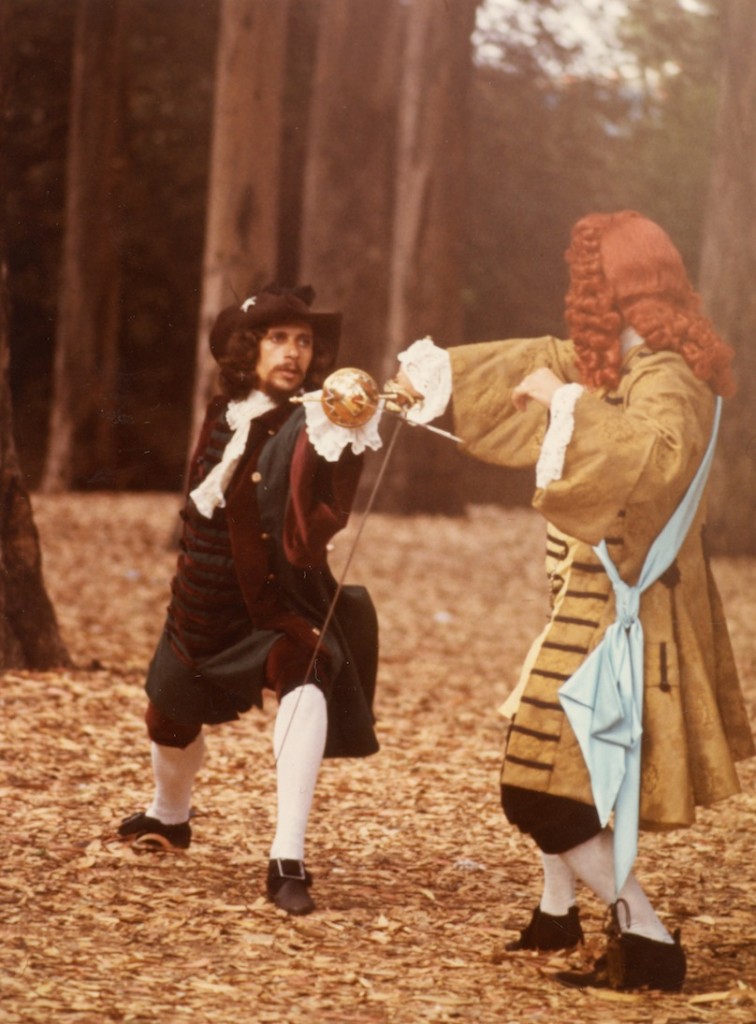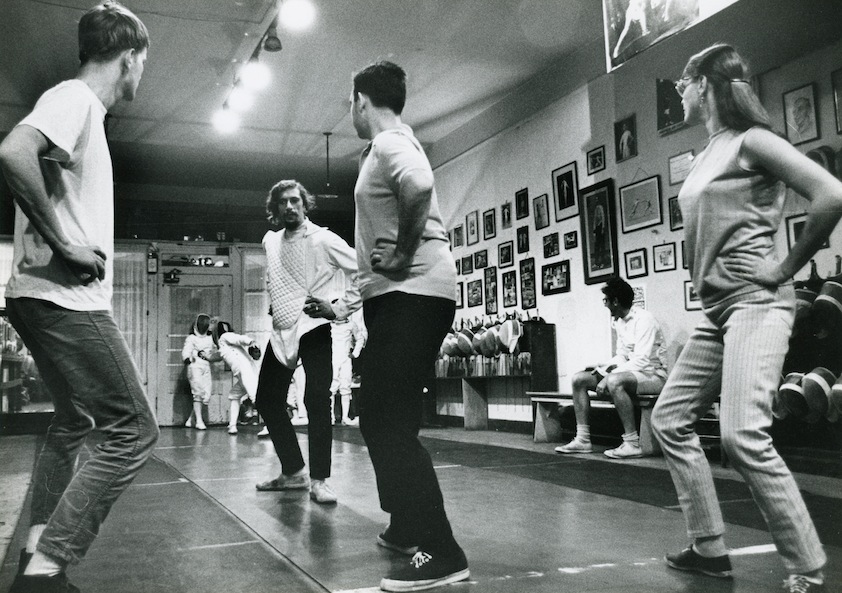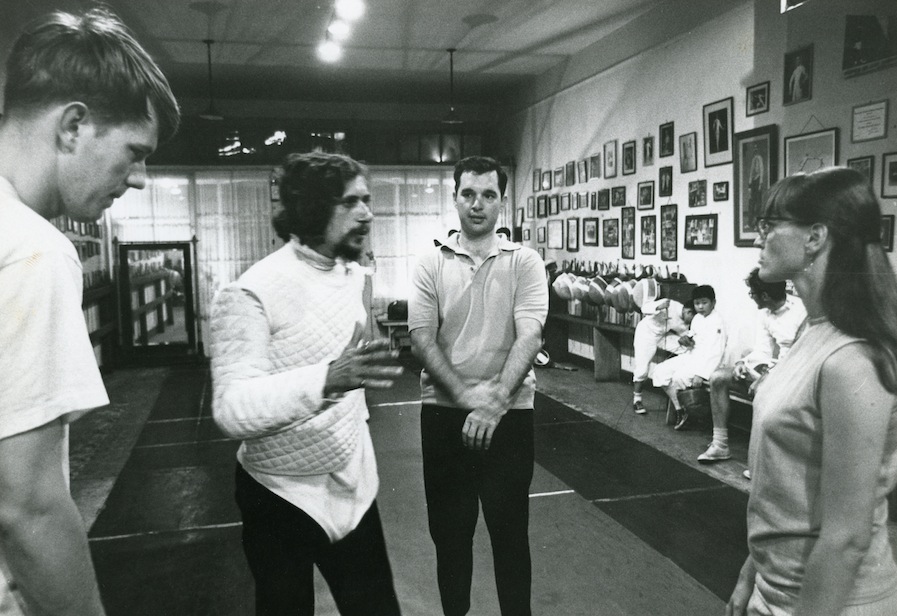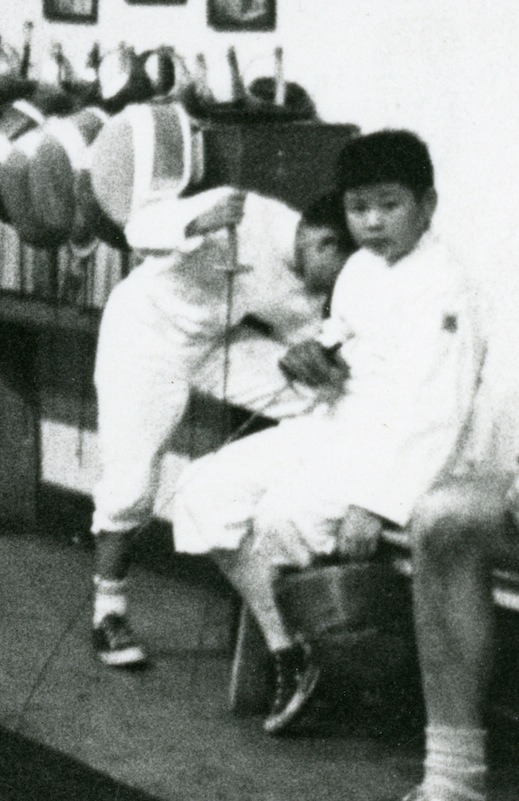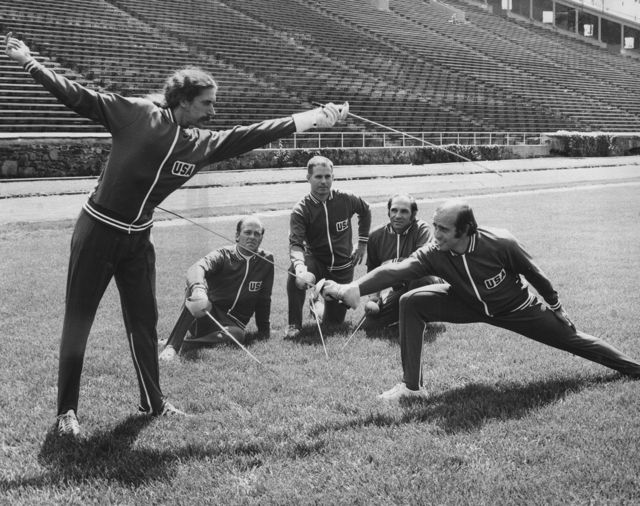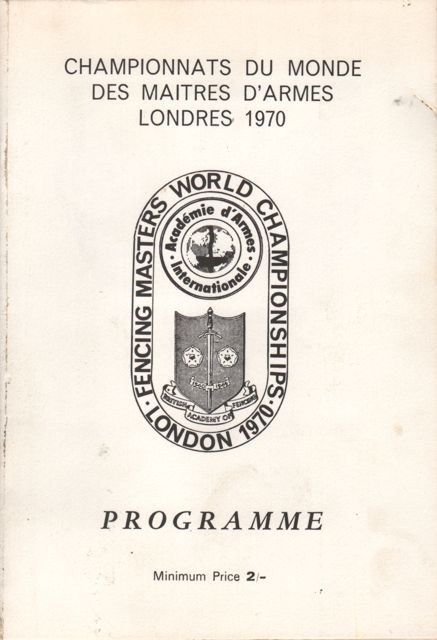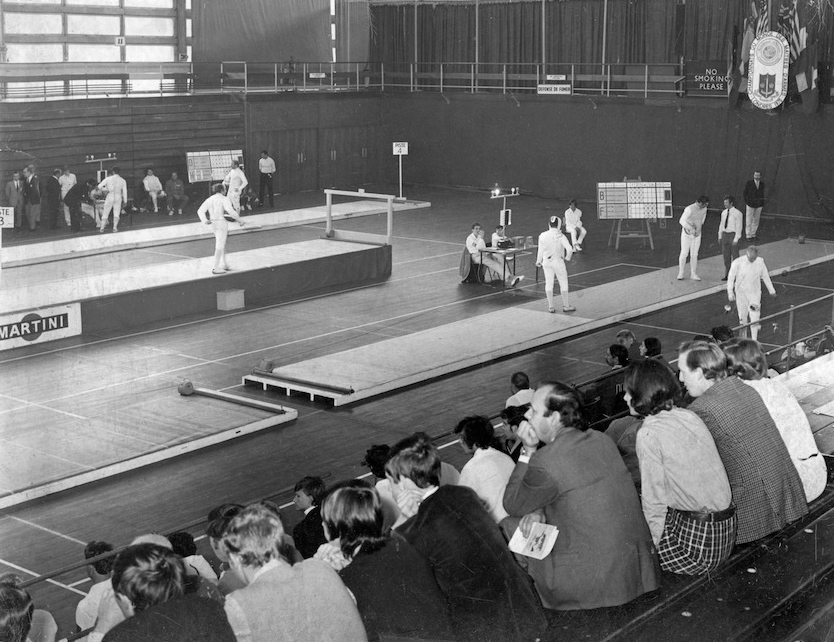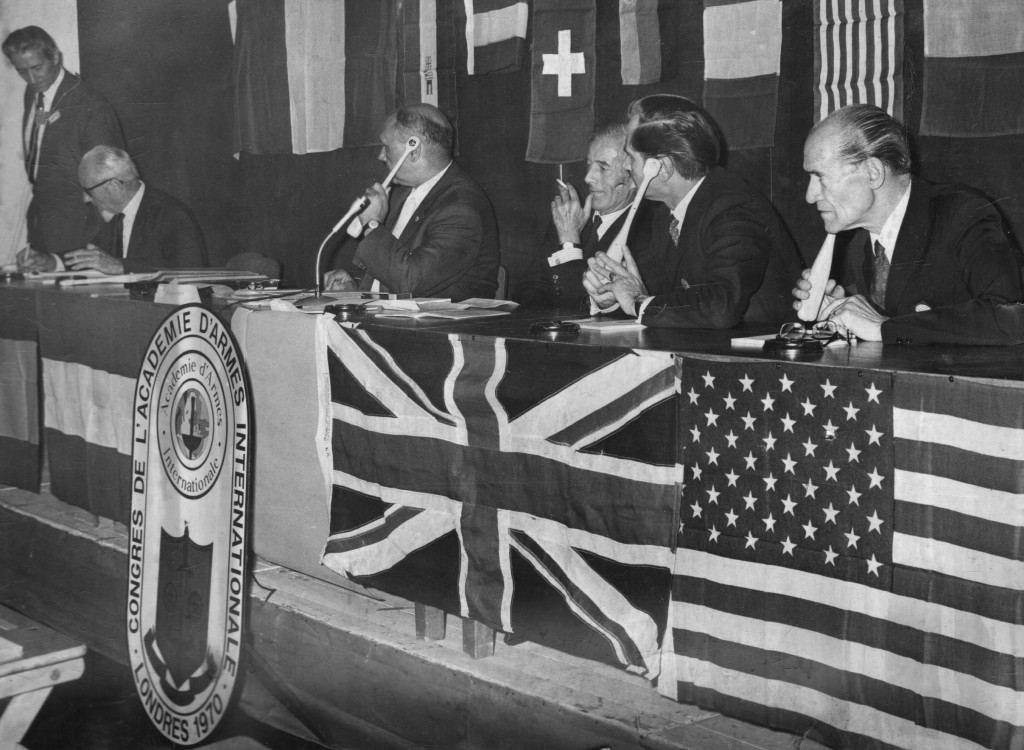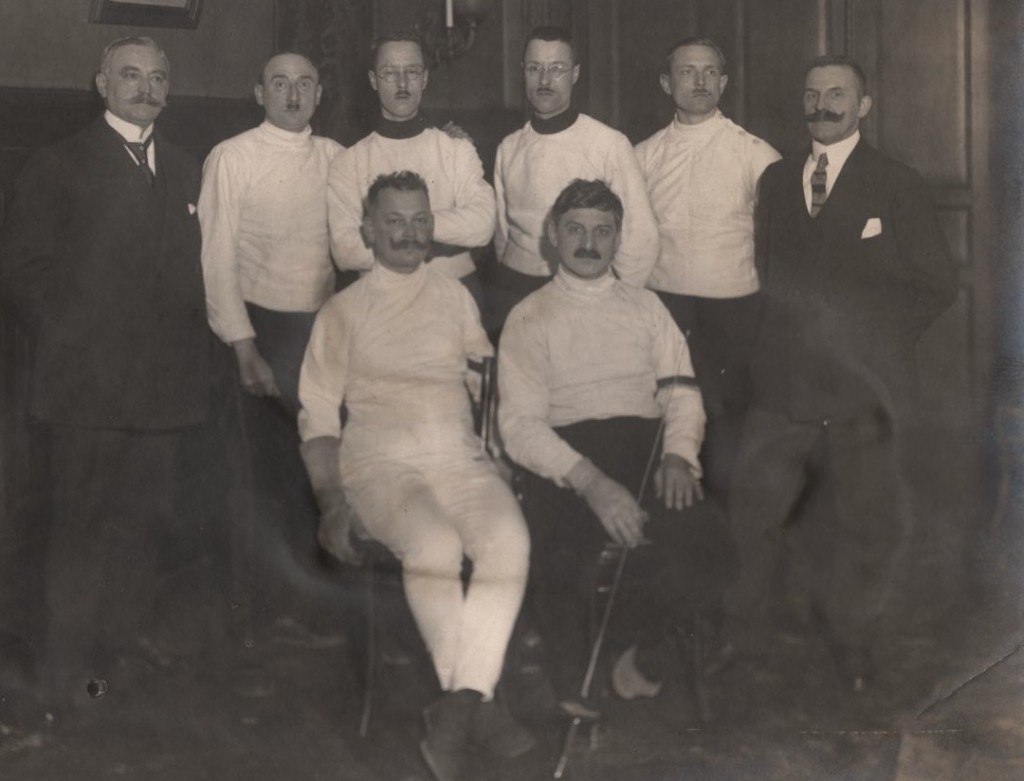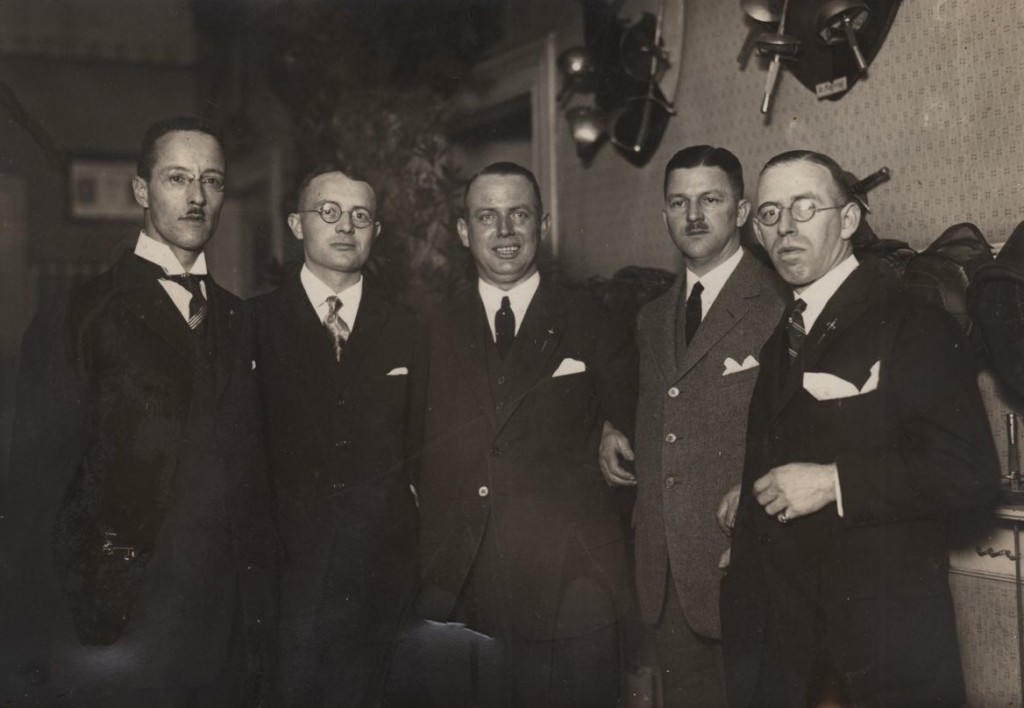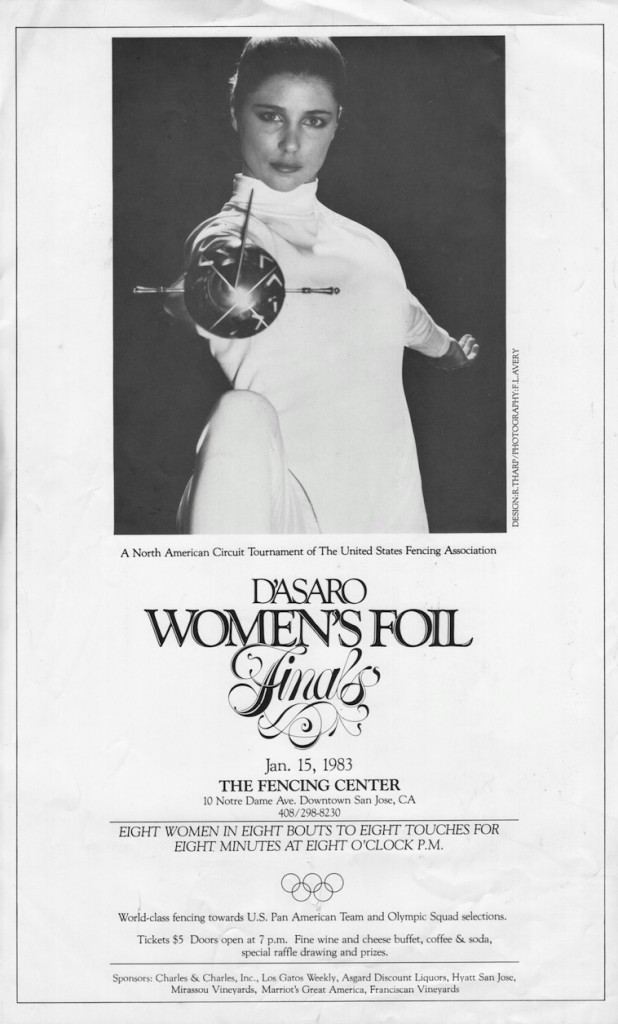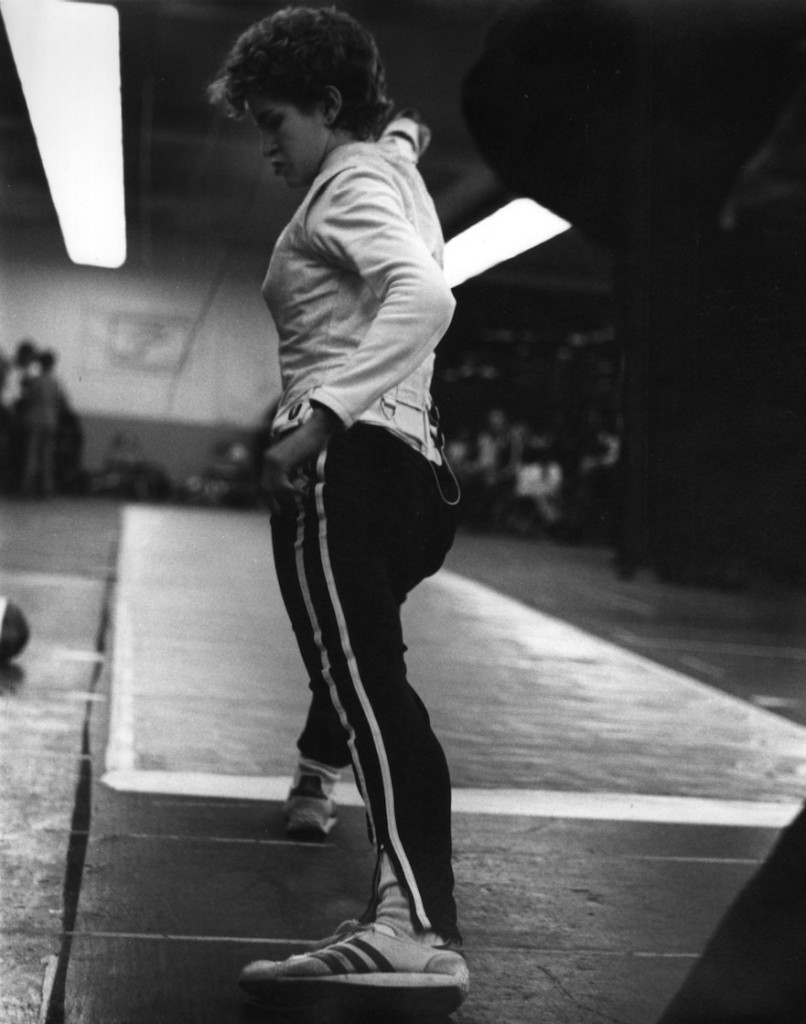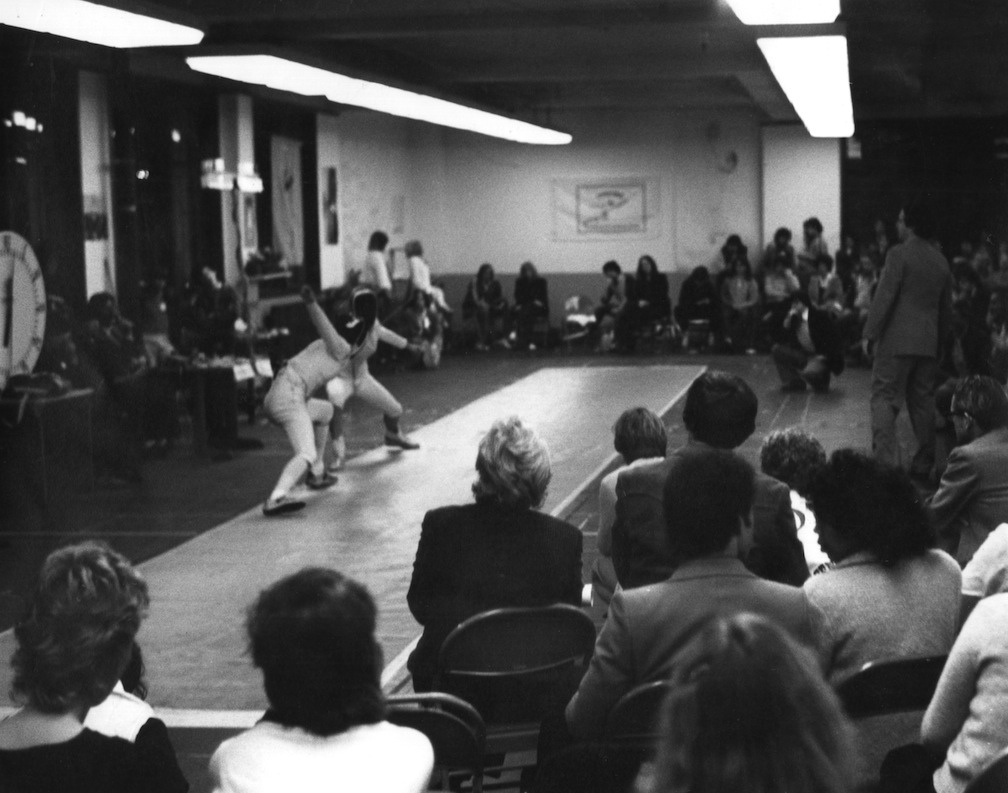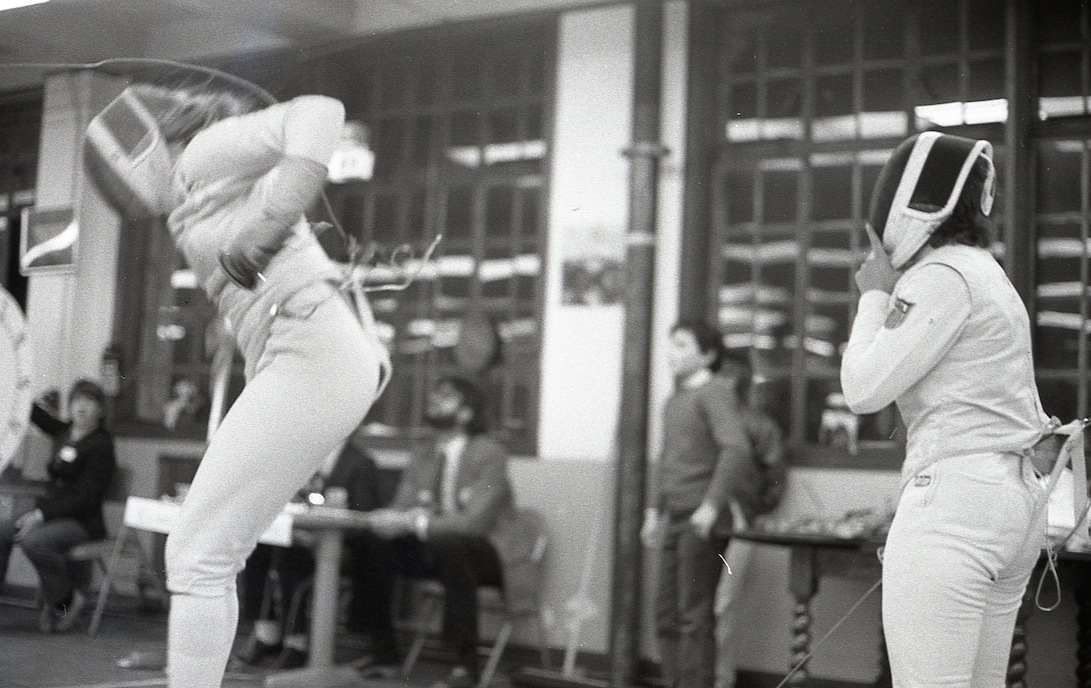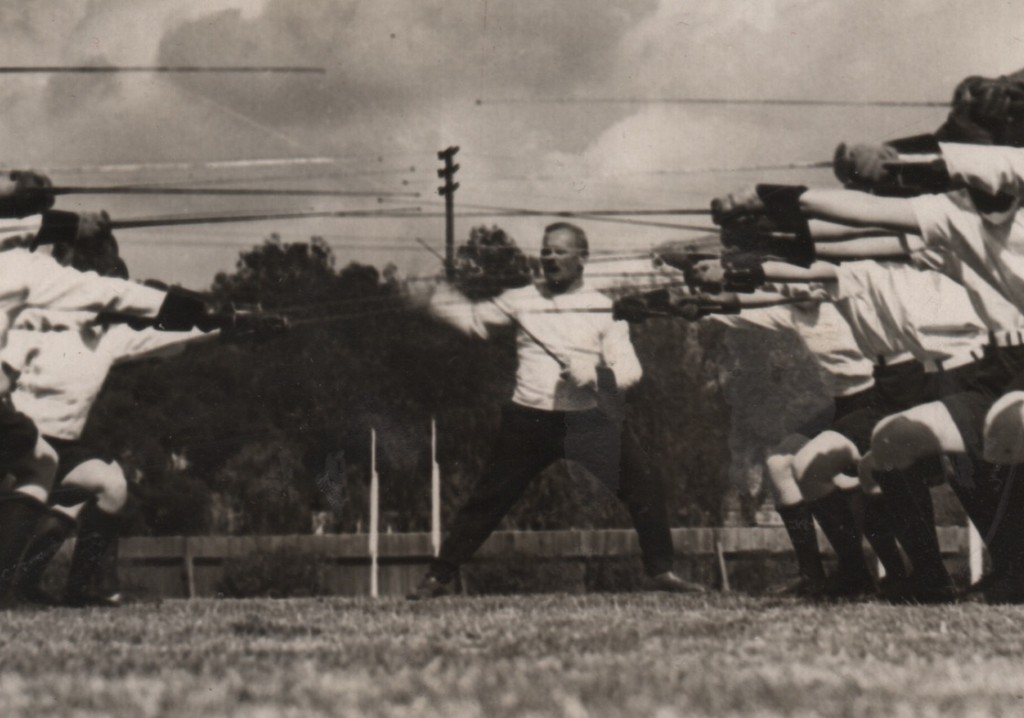Random Stuff
Trying out still more page formatsJust A Standard Page
Nunc et vestibulum velit. Suspendisse euismod eros vel urna bibendum gravida. Phasellus et metus nec dui ornare molestie. In consequat urna sed tincidunt euismod. Praesent non pharetra arcu, at tincidunt sapien. Nullam lobortis ultricies bibendum. Duis elit leo, porta vel nisl in, ullamcorper scelerisque velit. Fusce volutpat purus dolor, vel pulvinar dui porttitor sed. Phasellus ac odio eu quam varius elementum sit amet euismod justo. Sed sit amet blandit ipsum, et consectetur libero. Integer convallis at metus quis molestie. Morbi vitae odio ut ante molestie scelerisque. Aliquam erat volutpat. Vivamus dignissim fringilla semper. Aliquam imperdiet dui a purus pellentesque, non ornare ipsum blandit. Sed imperdiet elit in quam egestas lacinia nec sit amet dui. Cras malesuada tincidunt ante, in luctus tellus hendrerit at. Duis massa mauris, bibendum a mollis a, laoreet quis elit. Nulla pulvinar vestibulum est, in viverra nisi malesuada vel. Nam ut ipsum quis est faucibus mattis eu ut turpis. Lorem ipsum dolor sit amet, consectetur adipiscing elit. Maecenas nunc felis, venenatis in fringilla vel, tempus in turpis. Mauris aliquam dictum dolor at varius. Fusce sed vestibulum metus. Vestibulum dictum ultrices nulla sit amet fermentum.
Aldo Nadi’s Record, Part Three
Somewhere along the line, Andy Shaw, Headmaster, Dean and El Jefe of the Museum of American Fencing, acquired a digital file with headshots of all the Olympic fencers. Since Andy was kind enough to grant me access to the file (I’m on his Board of Directors), I thought I would compare some of the names listed in Nadi’s Record, Part Two, to see what some of these folks looked like when they weren’t getting skewered by Aldo Nadi.
So, before moving on to Part Three of Nadi’s 1964 letter to Hans Halberstadt, et al, here are some of the folks we heard about in Part Two:
Rene Haussy
Georges Buchard
Felix Ayat
Albert Ayat
Jacques Coutrot
Rene Lemoine
The pupil referred to by Nadi in the last paragraph was Jan York-Romary, who was a dominant foil fencer and was indeed fourth at two consecutive Olympic Games. In addition, she was 10 times US National Champion and competed in 6 Olympic Games. She began her competitive career as a student of Ralph Faulkner.
In keeping with the above photos, let’s take a look at some of the players mentioned in this section of Nadi’s recounting, once again with Andy Shaw to thank:
Edward Gardere
Rene Bondoux
Emile Cornic
Oresti Puliti
Giulio Gaudini
It’s always easy to spot Guilio Gaudini in period photos of fencers. This two-weapon threat (foil & sabre) stood 6’7”, towering over spectators and competitors alike. Among his many achievements, he was individual foil gold medalist at the 1936 Olympics and two-time foil World Champion. Many other medals of all colors, individual and team, were won by this excellent fencer. Here’s one of my favorite photos of him, on the medal stand at the 1932 Olympics:
1932 Olympics, Men’s Foil: Joe Levis (USA) silver, Gustavo Marzi (ITA) gold, Giulio Gaudini (ITA) bronze
Gaudini, in the low position as the bronze medalist, is taller than Levis at one level up (even at this oblique angle, which makes Levis appear taller than reality), and almost as tall as Marzi on the top level. A big guy who made big results.
Next: Aldo Nadi’s Record, Part Four. The final installment, where Aldo Nadi provides the reader with numerous quotes from other writers to confirm his greatness!
Part Three Transcript:
During my last Parisian years, it was practically impossible for me to find opponents: the French Federation forbade its Champions to meet me officially. For example:
GARDERE (Edward):
Champion of France and World Champion, Foil, refused to meet me in match, finally accepting, after much prodding, to meet me in an exhibition-match at the Hotel George V, Paris 1934. DUCRET, Olympic Champion 1924, directed the bout and at the end he said: “QUARANTE A ZERO!” A little exaggeration: the true result was about 30 touches against 3 or 4.
BONDOUX:
Champion of France, Foil, totally crushed at the inauguration of the NADI-LACAZE Fencing Academy. BONDOUX touched me in the center of my chest on his first attack and then scored no more.
CORNIC:
Champion of France, Epee. I crushed him too, in epee, during a private bout arranged by GAUDIN in his own salle of the Automobile Club, Paris, 1928 or 1929. GAUDIN watched me like a hawk throughout the bout after which he decided to never again would he meet me in any weapon. The result against CORNIC was about 30 against 5 or 6. GAUDIN himself did not even change! He was terrified to meet me even in his own Salle. (He did the same thing years before in 1923, when I was first invited to the Automobile Club. On that occasion I fenced against LUCIEN MERIGNAC, the Club’s Master and GAUDIN’s teacher, in front of all the best Parisian fencers. And after the bout GAUDIN hurried to declare to anyone who would listen that I had beaten his Master 12-6…how nice… typical of GAUDIN! LUCIEN MERIGNAC was then 47 years old but still a very hard nut to crack and certainly not inferior to GAUDIN.) Had I been a little brighter and less intransigent on the strip I should have let CORNIC beat me by a few touches…my vanity cost me, as was said before, 50,000 francs.
THE PROFESSIONAL SABRE CHAMPION OF FRANCE, whose name I forget, my last Parisian appearance I believe, 1934, when NOBODY wanted to meet me anymore in the two favorite French weapons. This Master, a courageous Champion and unquestionably France’s best sabreman, was defeated with a result of about 30 touches against 5 or 6.
I thought I had defeated 14 Champions of France, but upon precise examination, there were 18, if one considers that a few of them I defeated in two weapons.
VICTORIES AGAINST WORLD CHAMPIONS AND OLYMPIC CHAMPIONS
BUCHARD (Georges):
Epee, 12-5. BUCHARD was Three Times WORLD Champion and Three Times Second in Three Olympic Games. Unquestionably on of the century’s three greatest swordsmen.
CATTIAU:
Twice Epee World Champion: Foil 10-4; Epee 10-6, Cannes 1925.
DUCRET:
Olympic Champion Paris 1924 in Foil, Second in Epee and Second in Sabre – – UNIQUE AND UNEQUALLED RESULT. Epee 12-5. Crushed in foil many times in different Parisian Salles. He never dared meet me officially in either foil or sabre.
GARDERE (Edward):
World Champion, Foil. Foil, crushed in exhibition; according to Olympic Champion DUCRET, Director of the bout, 40-0 (actually about 30 to 3 or 4) Paris 1933.
LEMOINE:
Foil World Champion. Foil, Paris 1934, 10-4.
PULITI:
Twice World Champion, Foil. ALWAYS easily beaten in foil in Italian and International tournaments; for example, Pre-Olympics contest, Venezia 1920, 5-1.
CHIAVAGGI:
World Champion. Crushed for years every day in the Salle Nadi at Livorno.
GAUDIN:
Olympic Champion. Defeated two times out of three and then he refused to meet me again. I would NOT put GAUDIN amongst the three best fencers of the century: he had to participate in 3 Olympic Games in order to win 1, and how he won it! In foil, I am told in writing by his compatriot, World Champion GEORGES BUCHARD, and by Olympic Champion GUSTAVO MARZI, who were both present, that the Juries favored GAUDIN most disgracefully; and in epee I KNOW that GEORGES BUCHARD, in a moment of weakness, after that GAUDIN had begged him practically on his knees to let him win, threw the deciding bout to his old friend. (Nor, incidentally, would I put GAUDIN’s successor and compatriot, CHRISTIAN D’ORIOLA, very likely a better man than GAUDIN himself, among the century’s three greatest foilsmen. Because in spite of his unique record of victories in the most important contests in the world, he had also an extraordinary number of defeats – – far too many for a great champion. Among the many examples: once in the COPPA GAUDINI, he had 4 defeats in 6 bouts – – and no truly great fencer ever has such results. Besides, according to Olympic Champion GUSTAVO MARZI, and I quite believe him, his opponents were nothing to shout about.)
GAUDINI:
World and Olympic Champion. I defeated him in an exhibition-match at Cremona (1927?), 9-2. This scoring was identically reached by four very competent fencing Masters as well as by myself. A bout of incredible clarity. Absolutely impossible to score incorrectly. Besides, all touches were called loud voice (had to be, being so neat!). Taking off his mask, GAUDINI, who the previous day had won a particularly tough Italian Championship (with World Champion PULITI, no less, FIFTH!), looked as if he had lost the power of speech.
I was undefeated in any weapon in the last 12 years of my militant career.
In 1935, at 36 years of age, very far from my sunset as a fighter, I decided to come to America – – New York. After my first American exhibition at the Hotel Plaza, New York City, the New York press called me almost unanimously “the greatest fencer who every lived.” Favorable comparisons were made by some important New York newspapers with regard to NEDO NADI who had fenced in New York a few yeas before. I taught in New York for eight years. In 1943, after writing my treatise ON FENCING (Putnam’s, 1943, exhausted, praised in writing by GEORGE BERNARD SHAW), I was called by Paramount Pictures in Hollywood for one of their silly movies that needed a Fencing Master. I have remained in Los Angeles ever since teaching independently. For many yeas the best foilsmen in America west of New York have been and still are my pupils (I do not bother teaching epee or sabre if I can help it: to be decently good in one weapon is better than being bad in two); and the only American-born fencer of the two sexes who was ever able to reach TWO Olympic finals was my pupil. She was Fourth in Helsinki and Fourth in Melbourne.
Aldo Nadi’s Record, Part Two
It’s entertaining, reading through Nadi’s ruminations on his life and career as a competitive fencer. That he possessed a finely honed ego – to which he admits in one section – is obvious. In addition, he clearly has an excellent memory to remember so vividly events that, at the date of his writing, had transpired as much as 30 years or more in the past. Without the benefit of historical documents to reveal his level of memory precision, one can only hope that he’s at least close on his facts. Based on others who wrote about his results and power, it’s clear that he was much, much more than simply an egotistical blowhard. That he won the bouts he won, fighting against the quality of opponents he lists, doesn’t much seem to be in doubt. As far as the exactitude of his recollections? There’s no way to know, now.
For my part, I like taking his account at face value. Why not? Many of the opponents he lists were gone at the time Nadi wrote this. His brother, Nedo, passed in 1940. Lucien Gaudin in 1934. Giulio Gaudini, who will be mentioned in Part Three, died in 1948. Georges Buchard did outlive Aldo by more than 20 years, so alternate versions of the below reality could well be in existence. Perhaps they do and I simply don’t know where to look to find them. But if they did, I don’t think Aldo Nadi’s legacy would live on in quite the same way. Word would have gone out, somewhere along the line, that maybe he wasn’t that great. It’s easy to second guess it, if only because he was so willing to espouse his own greatness. His posthumously published book, “The Living Sword”, which I haven’t read for some time, I remember as being a document of near pure distilled ego. However, ego on the part of the winner doesn’t erase victories, and below he spells out his victories. It’s a pretty convincing tally.
Part Two Transcript:
I was Professional Champion of Italy in the three weapons without sustaining a single defeat in 1924, 1925, 1926 and 1927. ELEVEN TIMES (the Epee Championship was not fought in 1924, the reason why I was Champion 11 times instead of 12) – – NOT EIGHT TIMES as that ignorant jackass ALFREDO PEZZANA dared to correct in the above-mentioned article by LEO NUNES. At that time the Rules stated that the current Champion was not compelled to fence in the new Championships, but was compelled to accept the challenge in individual matches from the winners of the new Championships for ABSOLUTE CHAMPIONSHIPS. (Just as I did myself when, after winning my first Championships in 1924, I challenged according to the Rule, the Champion of the year before, BONIOLI, in foil and sabre, beating his respectively 12-5 and 12-7. Later on I challenged VISCONTI whom I defeated in epee 12-7, and later still GIUSEPPE MANGIAROTTI, again epee, 12-8 – – a match, this one, which I could have won 12 to 2 or 3 had I so desired, but I respected a MAGIAROTTI who had been Champion for many years. Living personalities can validate my assertion.) Now, in 1926, I was Absolute Champion, since 1924. Following the Rules, I did not participate in the 1926 Championships. NEDO NADI won all three. But he did anything but challenge me in the three weapons as stated by the Rules for the Absolute Championships. Instead, he had one of his brilliant ideas – – NEDO NADI was not fool – – that is, brilliant for himself. He told me: I’ll let you win the foil, you let m e win the epee and we will fight seriously the sabre.” At which lovely little speech I put my right thumb on the tip of my nose and with the four fingers addressed toward him I played an imaginary musical instrument. NEDO NADI knew perfectly well, now that I had reached complete maturity, that it would have been absolutely impossible for him to defeat me in foil or epee, and that his probability of beating me in sabre were, at the very most, 50%. After my rather contemptuous gesture I told him: “If you want the Championship in any weapon you must earn it. But frankly I very much doubt that you can win it in any weapon.” After which NEDO NADI conveniently forgot the matter, prudently abstained himself from challenging me as the Rules required, and I remained Absolut Champion even for 1926. The following year, 1927, I rushed to Cremona for the new Championships in the hope of finding NEDO among the participants – – but he did not show up. I won again the Championships in the three weapons without a single defeat, giving 185 touches against 36. When, seven years later, in 1934, an exhibition-bout was organized in Cannes among the two brothers, NEDO made me swear in front of our Father and Master that the bout should close without the slightest superiority of any of the opponents. We even arranged for the actions of the last two touches of the bout! But once en garde I simply could not help showing NEDO NADI who was the best: I touched him 4 times in a row within the first minute of combat, easily and clearly. But at the end of the bout none of the opponents could claim superiority of a single touch. I had kept the promise I had made to my Father; but that night of the 17th of February, 1934, at Casino de Cannes, I could have simply murdered NEDO NADI.
Almost immediately after my last victories in the Italian Championships 1927, I moved to Paris in the hope of fighting GAUDIN but as was said before, I lost my time and 50,000 francs. At a time when Italian and French fencers absolutely dominated the world of fencing, here is the list of my official and semi-official victories against the title-holders of France for two generations:
CATTIAU:
Many times Champion of France, Foil, 10-4, Milan, 1922.
REMAY:
Champion of France Military Masters, Director in Chief of the famous French School of Fencing in Joinville-le-Pont; Paris, 1923, Foil 12-3. Present at this match was the 80-year old lion LOUIS MERIGNAC, perhaps the greatest French fencer of all time. After the match he came out to shake my hand and he did so for a long time without saying a word – – but there were tears on his cheeks.
DODIVERS:
Professional Champion of France, Epee, La Baule 1925, Epee 15-11. At the beginning of this match the bandage that I always wear on my wrist under the glove and strap being too tight, my thumb became completely paralyzed. If DODIVERS had known, he could have destroyed me in two or three minutes. At a certain moment he was leading 6-2. Fighting only with the four fingers, with an immense physical and nervous effort I succeeded in closing the first part 6-8 still behind my opponent. Upon changing places as was customary in those days I vanished from the strip, changed my bandage, was back on the strip in two minutes, gave 9 touches against 3 and won the match as indicated. A few months later, GAUDIN, wanting to show that he could beat DODIVERS better than I did, could only defeat him – – with no paralyzed thumb – – 15-12… and I can still hear DODIVERS from his grave screaming bloody murder that he had been robbed – – and indeed he had been, at the opportune moment, by a very able and extremely smart President of the Jury. I was present.
HAUSSY:
When he was at the top of his power, some 15 times Professional Champion of France. Foil, 14-9 (actually 15-8), with two French Presidents of the Jury. Florence, 1925.
BUCHARD (Georges):
Many times Champion of France epee. THREE times WORLD Champion, three times Second in THREE Olympics (once he was beaten, once he was robbed and once he threw his final bout to GAUDIN – – Amsterdam 1928; I have in my hands documents proving my assertion.) I defeated BUCHARD 12-5, Epee, in a fight that lasted about 40 minutes. Actual result, 12-4. One of the most difficult and probably the most significant of all my matches. Anvers 1926.
DUCRET:
Many times Champion of France, all weapons. Olympic Champion, foil, second in epee, second in sabre, PARIS 1924. Epee, 12-5, Paris 1926. DUCRET gave me the first three touches of the bout and then I scored 12 times against 2.
AYAT (Felix):
Professional Champion of France, Epee. Paris 1926. Epee, 14-9. The first part, directed by COLOMBETTI, gave me a score of 7-1, then GAUDIN came to direct the second part….
ANCHETTI:
Champion of France Military Masters, Casablanca 1926, Foil, 16-10. Actual result 16-8.
AYAT:
Professional Champion of France, Foil. I had to promise him 8 touches, otherwise he would have refused to meet me. He was more than happy with the result, 14-8.
CATTIAU:
Many times Champion of France, Epee and Foil. Epee, 10-6, Cannes 1925. CATTIAU was twice World Champion in epee.
COUTROT:
Champion of France in both weapons. Paris 1932 (after my absence from the strip for several years because of some motion picture work). Epee, 12-4. COUTROT had brilliantly defeated CARLO AGOSTONI in Epee, 10-6, in a match perfectly judged (I was present) in Paris a year before. AGOSTONI was Champion of Italy several times and THIRD at the Olympics in 1932 (Epee).
OMER:
Champion of France Military Masters, Epee and Sabre. Paris 1933, Epee 12-4. OMER had a first-rate record; he had badly defeated BERNARD SCHMETZ, World Champion, who refused to meet me.
LEMOINE:
Champion of France and World Champion ex-aequo with GUSTAVO MARZI, I think in Vienna 1931. That World Championship saw three winners, I believe – – a quite unique ending. The World and Olympic Champion MARZI, a pupil of the NADI’s and a great fencer – – and the reader may rest assured that I do not use the word great loosely – – can explain the matter far better than I. Paris 1934, Foil, 10-4.
BATTESTI:
Champion of France Military Masters, in the last match of the Challenge EZPELETA, a tournament open to professionals and amateurs in which participated the best French fencers of both categories, CATTIAU, the two GARDERES, etc. At the final match, after three matches in 10 touches (I hate direct elimination, a formula I shall never approve of), in the last of which I made an effort in order to defeat the World Champion LEMOINE 10-4, I could defeat BATTESTI no better than 10-9, because tired and literally sick. All present had forecast a victory of mine 10-4 or 5 at the most. In Italy we have a saying: “Not all the doughnuts come out with a perfect hole.”
It should be mentioned here that nearly all of these matches were fought in Paris with five French Judges. This does not imply that French Judges are cheaters, but it does imply a tremendous moral advantage given my opponents.
Aldo Nadi poses with Cattiau of France in a library, museum, or the back of a restaurant with the tables and chairs cleared for action. Is it significant that Cattiau is literally up against the wall?
In Part Three: Crushing at Exhibition Matches!
Aldo Nadi’s Record, Part One
Aldo Nadi was a great fencer. He… well, let’s let the back of his business card explain:
High praise, and not misplaced. Nadi was an Olympian for Italy in the 1920 games, winning gold in all three fencing team events and an individual sabre silver medal, taking second in favor of his older brother, Nedo. At that point in his career, Aldo hadn’t yet reached his peak as a competitor, but rather than remain an amateur, he instead turned professional – which was something a great fencer could do in the pre-world war 2 era – to earn a little cash for the effort. Think of it as something akin to a pro boxing circuit without the belts.
Here’s his Wikipedia image:
He moved to the US in 1935 and began his career as a fencing master, first in New York, then Los Angeles from 1943 until his death in 1965. The year before his death, he mailed out to a number of people a typed manuscript describing his record as a professional competitive fencer. I do not know how many people received this astounding document, but I know Andy Shaw at the Museum of American Fencing has it. One of the recipients was Hans Halberstadt, who I’ve mentioned previously on this site.
The envelop, as it survives today:
Nadi’s letter is a window into both his personality (which comes through loud and clear), and a world that is now gone, swept away by time and world events. Professional fencing as a highly paid endeavor, as Nadi lived it, has faded beyond obscurity to oblivion. There are no records online to review. No knowing who fought who, or when, or for how much. To collect that information would be the work of a lifetime, perusing old newspapers to cull the notices and reviews of this bout or that. Someone with better linguistic skills than myself may step up someday. I can hope. But in the meantime, in his own words, I present Aldo Nadi’s recollections. We’ll go in stages; it’s a lot to take in.
Aldo Nadi Transcript
In the July-August, 1964, issue of the official Italian fencing magazine SCHERMA, I wrote an article in which, among other things, I mentioned briefly my fencing record, and, for the St. Thomases, I added, “… and if you want the names, dates and official results you only have to ask.” Maestro Vincenzo Tarsitano of Pesaro, Italy, a pupil of my Father’s, picked up the offer; even though far from being complete, the following statements and list of victories should be sufficient to give clear idea of my fencing record.
I have won about 60 Italian and International contests. Born in Leghorn, Italy, in 1899, and a pupil of my Father BEPPE NADI, I was presented in public at the age of 5: my Master gave me a lesson. At the age of 11 I won my first tournament at Milan, the Junior Championship of Italy in Foil and Sabre (having insufficient strength in my hand, I had to fence in sabre with a strap!), open to young people under 18 years of age. The runners-up in both weapons were, in fact, 18. The day after my victories I nearly defeated in his own Salle the Captain of the Italian National Team of the time (191)
At the age of 14 I was third in foil and sabre in an important international tournament in Barcelona, Spain, NEDO NADI — my brother and unquestionably one of the century’s 3 or 4 greatest fencers — won the foil and sabre contest, was third in epee, and I myself, NINTH in this weapon, defeated in the 12-man finals the then Champion of France De PREJELAN, winner of the contest. World War.
Immediately after World War I, NEDO and I were first and second in several Italian and International Championships (its should be borne in mind that NEDO NADI was six years older than me and that I always threw my bouts to him). At 21 years of age, immediately before the Antwerp Olympics of 1920, I won my fist Championship of Italy in foil without a single defeat in Rome, if I remember correctly, NEDO NDAI, for reasons known only to himself, did not participate.
I won three gold medals at the Antwerp Olympics of 1920, all in team contests. But I was the only Italian who managed to have three wins in fours bouts in the foil finals against the French team, and the only Italian to defeat LUCIEN GAUDIN, until then more less undefeated, officially 3 – 1. But NEDO, in his official report of the VIIth Olympics, wrote, as Captain of the Italian Team, that I had actually beaten GAUDIN 4 – 0. In the same Olympics I also won the silver medal in the Sabre Individual Contest, behind a NEDO NADI at his apogee who, at that time, was still a little stronger than me. I threw my bout to him as I had done thus far on every occasion, but the chances are the even if I had fought him seriously he would have beaten me. I reached maximum power only four years late in 1924.
Shortly after Antwerp, I became professional — the highest paid ever throughout my career — et pour cause. GAUDIN, against 20,000 lire, a goodly sum in those days, defeated me in Paris in 1922(foil); but in 1924, in an exhibition-match at Florence, he was again beaten by me, himself calling aloud the last three touches of the bout. (THREE TOUCHES, NOT TWO, as that liar ALFREDO PEZZANA, dared to correct in an article by LEO NUNES — some 15 times Champion of America and present at the exhibition — celebrating my Golden Jubilee. This article, originally published in the December 1953 issue of AMERICAN FENCING, was translated and published in its entirety by many important Italian newspapers. including the BOLLETTINO, the official magazine of Italian fencing of that time. I very much doubt the PEZZANA, the Director of that magazine, will ever forget the letter I wrote him, copies of which I sent to various personalities of Italian fencing including Mr. BERTOLAIA, then President of the Italian Federation of Fencing. Woe to anyone who dares tamper with my record!) GAUDIN, in spite of the demands and complaints of the French press (which was quite bored in seeing me crush so many professional and amateur Champions of France, the title-holders for two generations) absolutely refused to meet me — and I lost 50,00 francs. I curse him with glee.
CANDIDO SASSOEN, Professional Champion of Italy, then beat me in Rome six weeks after my defeat from GAUDIN in Paris. As I said before, not only was I far from my greatest strength, but above all I was still under the severe nervous and moral shock of my Parisian defeat in which, incidentally, I had been simply murdered by the Jury. (Even thought I purposely held my arm completely extended—as can be seen in the innumerable stills of the match — at least eight or nine touches at the height of the elbow were counted against me. I still remember, after 42 years, the sharp voice of the Jury President, GEORGES TROMBERT, call: “Monsieur NADI touche a la saignee!” (Mr. NADI touched in the crook of the elbow!” where GAUDIN deliberately sent his point… in FOIL!!!) Not SASSONE, but ANYONE could have beaten me that night of March 19, 1922, at the AUGSTEA. I met SASSONE again three weeks later in an exhibition-match at Abazzia, Italy. During the first part of the bout, before changing places, there was a very slight superiority on my part, one touch or two at the most; but in the second part it was a complete disaster for SASSONE — he never touched me. Taking off his mask and white as a sheet he said to me immediately after shaking my hand: “I cannot understand how you managed to fence so badly against me at Roma.” I could never meet SASSONE again officially because he soon went to Buenos Aires for the rest of his life. After these two defeats the series of continuous victories began—except for a third, and LAST, defeat sustained against RENE HAUSSY, many times Professional Champion of France, in Paris 1923; I was defeated 16-14, after having led my opponent 8-5 in the first part, directed by COLOMBETTI; when GAUDIN came to direct the second part I completely lost my head and deserved to be beaten. However, HAUSSY, a perfect gentleman and a champion with immense courage, did not refuse, like GUADIN, to meet me again. And in Florence 1925 I defeated him 14-9. for this match which I myself organized at the magnificent TETRO DELLA PERGOLA (making a lot of money!). I decided to have NOT ONE (for the first part of the match as usual), but TWO French Presidents of the Jury: the first part was directed by GAUDIN, the second by TROMBERT. I called the match Professional World Championship, since I was Champion of Italy and HAUSSY Champion France. NEDO NDAI somewhat complained to me, and lost his breath. I told him: “As long as I am Champion of Italy and HAUSSY is Champion of France, our match can only be called the Professional World Championship. And NEDO NADI was silenced.
More in Part Two!
Fencing and the Summer of Love
There are a number of versions of the story behind Michael D’Asaro the Elder’s decision to follow the advice put forth at 1967’s Human Be-In by Timothy Leary. (http://en.wikipedia.org/wiki/Turn_on,_tune_in,_drop_out) The short version, the one I like best, is that he was qualified to be a member of the 1968 Olympic sabre team, with one condition. The condition, as allegedly put forward by the AFLA’s selection committee, was that he cut his hair.
Michael and his long hair with Jack Keane at the 1967 National Championships.
Michael’s result at Nationals had already qualified him for the Pan Am Games for 1967, scheduled to start in July. However, prior to that start, word came down that the hair had to go. As far as order of importance, being told what to do by authority figures had ranked near the bottom of Michael’s priorities since before joining the military. However, his timing for telling them to – oh, let’s say ‘go fly a kite’ – was, in its own peculiar way, excellent. As the story told to me goes, he scrounged a one-way ticket to Los Angeles, bought an old Cadillac, drove it north to San Francisco and arrived just in time for the Summer of Love. (http://en.wikipedia.org/wiki/Summer_of_Love) That’s pretty excellent timing.
Summer of Love, baby.
I got another part of the story from John McDougall. I’ve mentioned John before in my posts, as he has been an excellent source of information about this place and time. In 1967, John was handling some of the teaching at Halberstadt Fencers Club. He and Charlie Selberg had rescued the collected memorabilia of Hans’ life from being taken to Goodwill, and John took over the building lease to keep the club in the same location that Hans had been in since the early 1940’s. At the same time, John had made use of the knowledge passed on to him by Hans for running a fencing equipment business and founded American Fencers Supply, which is still in business today. As John tells the next part of the story, Jack Baker, long-time fencer and Nor Cal division officer, came into American Fencers with the news that he had seen Michael D’Asaro down on Market Street selling one of the hippie newspapers for a quarter in an effort to make some cash.
Ren Faire swordsman, 1967. Forsooth, yon bewigged redhead had best look after his skin!
John asked Jack to try to find Michael again, and to invite him to visit the shop. Sure enough, just a few days later, Michael D’Asaro walks in to American Fencers Supply, which was just across the street from Halberstadt on Fillmore Ave.
At this time, Charlie Selberg was doing the bulk of the fencing instruction at Halberstadt. However, as of September of 1966 he was also teaching at UC Santa Cruz. He had moved to Santa Cruz, commuting back and forth to San Francisco to help John at Halberstadt. Having consulted with Charlie, John asked Michael if he had any interest in teaching fencing and offered to walk him across the street to see the club. Upon entering Halberstadt’s, Michael exclaimed, “This place has good vibes!” John asked, “Vibes? What’s that?” “You know, vibrations! This place has good vibrations.” Since a few more dollars could be made teaching fencing than selling papers on Market Street and the vibrations were free, Michael became the coach at Halberstadt Fencers Club at the end of the Summer of Love, 1967.
The new coach!
Michael’s transition from Olympic fencer to Hippie Coach even gained some traction with the local media. Here is a headline from an article that quotes Michael about his transformation.
From September of 1967
This title is a bit misleading, as the article makes it clear that Michael has become the coach at Halberstadt, which hardly seems an accurate description for giving up the sword. They even go so far as to include the address and phone number of the club.
Footwork drills
It’s great to see these photos and realize what a great job John and Charlie did to keep the club looking nearly identical to how it had been when Hans worked – and lived – in this space.
A few post-workout notes.
One thing, among many, that I find interesting about the above photo is the presence of the two boys in the background. It’s entirely possible that one of them may be future Olympian George Nonomura, who started taking lessons with Hans and continued at Halberstadt when Michael taught there. One of them could be George! Of course, they could also be two of his many siblings. I’ve never heard the total number of Nonomuras that fenced at Halberstadt. Perhaps saying ‘a whole bunch’ will suffice. George would have been about 10 at the time this photo was taken. Looks about right. I wonder…
Is one of these youngsters a future Olympian?
Michael told me a story once about teaching George’s sister, who was more interested in gymnastics than fencing. To keep her motivated, he would add cartwheels and forward rolls to the lunges, advances and retreats. A great story of course, but it made me wonder: how come my lessons weren’t that fun?
July 1981: World University Games, Part 2
Hey, welcome back! As promised, here is Part 2 of the 1981 World University Games Men’s Foil Final, held in Bucharest, Romania, videotaped and narrated by Michael D’Asaro, Sr. (If you missed Part 1, go back a post before continuing. It’s worth it!)
Let’s get right to the action. The first match in the top four pits the great Soviet fencer Vladimir Smirnov against Federico Cervi from Italy. Unfortunately, we pick up the battle past the mid-way point with Smirnov leading 8-5…
Remember – points are scored against in this bout to 10 touches.
Next up, the other two top-four finalists: Alexandr Romankov and Petru Kuki. This is a pretty epic battle, if you ask me. Is there some directorial favor for Kuki, the local hero fencing in front of his home crowd and carrying the hopes of his nation in this microcosm of larger politically charged notions? Beats me! I believe Romankov might have felt there was. You watch and decide for yourself.
That leaves only two for the gold: Smirnov vs Kuki; a repeat of the World Championship gold medal match from earlier in the same year. (Michael didn’t tape the bronze medal match between Romankov and Cervi, but you’ll hear him say “Pezzini beat Romankov” with a score of 12-10. He misspoke, as Romankov beat Pezzini in his first match in the final, so it had to be Cervi that defeated Romankov for third place.)
Before the final match, I want to mention the changes that came about as a result of the death of Vladimir Smirnov at the 1982 World Championships. While there had been a few fatalities in the sport over the course of the 20th century, as well as the severe wounding of Vladimir Lapitsky at the 1980 Olympics (the only coverage fencing received in the US from the partially boycotted Moscow Olympics), Smirnov’s death caused a complete re-thinking of the safety regulations of the sport. The strength of mask mesh was increased. Jackets began to be manufactured with then-new bulletproof materials such as Kevlar. Blade manufacturing was revised to minimize carbon deposits in the steel that could create a jagged edge upon breaking. All of these changes happened almost immediately, securing future fencers from the fate that took one of the finest from us too early.
Without further ado, Vladimir Smirnov, circa 1981, versus Petru Kuki.
Smirnov’s superiority aside, one of the very strong impressions this final bout left me with was a sense of fair play on the part of Kuki. There are a couple of times in the match where the crowd is hoping for a call to be made in his favor, and he acknowledges Smirnov’s touch with a simple raising of his hand. This is an act that one hopes to expect at your own club or at an event of little import. To see it at the highest level from a person with every reason to want things to go his way, and still be willing to give due credit to his opponent? Well, I’ve never met Petru Kuki, but I like to imagine that he is a man of both great skill and excellent character.
World University Games, Part 1 July 1981
For those of you brought up in a digital world with your Googles and YouTubes, I’d guess it’s hard for you to imagine a time when finding information about fencing was near impossible. In these days of live video feeds of world cup competitions and up-to-the-minute tournament results, can you believe there was a time when fencers struggled to know the names of the top athletes in their sport? Forget about who the world cup point leader might be, “who’s the reigning world champ?” was a difficult question to answer.
I was lucky. Training under former Olympic coach Michael D’Asaro, I was fortunate to have teammates that traveled to major competitions and would come back knowing the names of the current greats. But for those of us who did not travel internationally, all we knew were a few names and reputations. TV coverage? As if. Fencing news outlets? Not much info there, either.

Thus, when Michael came home from coaching at the 1981 World University Games with videotape he had shot at the competition, it was cause for celebration. He had a screening at his house and a number of us went to watch. After the viewing, I asked Michael if I could make a copy. I was ahead of my time, in that I had two VHS decks. I could make my own dub! And I did. And I still have it. And I’m sharing it with you now!
Here’s why it’s significant: the winner of the Men’s Foil was Vladimir Smirnov. For those who don’t know him by name, I can say he was the 1980 Olympic gold medalist and World Champion in 1981. Sadly, it is for his death at the 1982 World Championships in Rome that he is most often remembered. He died after the blade of opponent Matthias Behr of Germany broke during a powerful simultaneous attack by both fencers, and the jagged end of Behr’s broken blade pierced the mesh of Smirnov’s mask and entered his brain. A horrible end for a great champion.
Instead of focusing on that tragedy here and now, let’s instead view the below footage for what it shows: a great champion at the height of his powers.
As to why I feel a tournament fought in Bucharest, Romania warrants inclusion on the West Coast Fencing Archive, it’s entirely due to the powerful impact watching this footage had on my own fencing. I was fortunate to be involved in a strong program with teammates who made National teams and won championships. But having never seen the best fencing in the world, I was still a bit in the dark. It was the same as if I was playing basketball in some remote corner of the world with no TV or Sports Illustrated and I’d never seen Michael Jordan play. How would I really know what basketball ought to look like at the highest level?
This tape gave me an all-too-brief glimpse of what it was I was striving to emulate.
Ok. Here’s the run-down of the tournament. Eight man final, direct elimination. Old school. Thus, 10 touch bouts, touches scored against the fencer (with reversed lights from today; the scoring light on your side means you were hit, not you scored), stoppage of fencing for one-meter-from-the-end-of-the-strip warning. For Part One, the bouts in the round of eight, less one bout.
Please remember when you’re watching this that it was shot on home video in 1981, dubbed to another tape (my copy), watched a billion times, and finally backed up to DVD sometime around 2004. There are glitches, wavy lines, audio drop-outs, color drop-outs, you name it. But for me, so totally worth it!
First up, Vladimir Smirnov from the Soviet Union vs Andrea Borella from Italy:
Don’t be fooled by the outcome here. Borella was 1979 Junior World Champion, twice European Champion and a three-time World Cup winner.
Next, another great Soviet fencer: Alexandr Romankov vs Pezzini (unknown first name) of France. Romankov was individual World Champion five times and runner-up twice, won individual silver and two bronze medals at three Olympic games, and was twice the World Cup winner. So, he could fence a little bit.
The last bout to show you in the eight (as Michael didn’t record the final bout!) has Angelo Scuri of Italy vs Petru Kuki of Romania. Kuki was the hometown favorite, with the event being held in Bucharest. He was also a two-time Junior World Champion and had taken second at the World Championships to Smirnov earlier in 1981. Scuri had taken third at that same World Championships.
The final bout in the round of eight included Federico Cervi from Italy, but I don’t know who his opponent was. Cervi was the victor over Mr. Unknown, and we’ll pick up his bout with Smirnov in Part Two on Thursday!
1970 Fencing Masters World Championship, London
The mastermind behind the ultimately triumphant performance of the US Masters team at the 1970 World Fencing Masters Championships was, without doubt, Raoul Sudre, head coach at Cornell University. A year and a half prior to the event, he began calling prospective members to gather a cadre of young-ish maestros. Initially looking to fill a roster with nine, he ultimately settled on a team of six fencers with a few fencing on multiple teams.
What they were fighting for; the medals table at the venue in London.
The training regimen suggested by Sudre was for each member to go back into competitive training a year prior to the event, then participate in a two-stage group training camp with the other team members. The group initially gathered at Cornell University in Ithaca, NY for a couple of weeks of training, including daily lessons from Jean Jacques Gillet, then assistant head coach at Cornell.
The second stage took place at the Fontainebleau Fencing Academy, just outside of Paris. The head fencing master there, one Pierre Thirioux, was a friend of Raoul’s, and extended them an excellent rate. Money was an issue, as they were only able to secure $1,000 from the national fencing coach organizing body, then called the NFCAA (now the USFCA). The bulk of the funding came, I assume, from the individual participants.
The final group consisted of Raoul Sudre (Cornell), Charles Selberg (UCSC), Ed Richards (Boston), Michael D’Asaro (Halberstadt), John Geraci (West Point) and Richard Oles (Johns Hopkins).
Publicity photograph taken at Cornell. Fencing L-R: Michael D’Asaro, Raoul Sudre. Watching the action L-R: Charles Selberg, Richard Oles, Jean Jacques Gillet.
The stated goal of the training time was to build not only fencing skill, but also team camaraderie. Fencing masters being a rather competitive bunch, building team spirit could, I imagine, be somewhat of a challenge. Based on the result, I have to assume that it worked.
After their time spent in New York, it was off to France and the final stage of their training at Fontainebleau. Now, I know what you’re thinking: How about some home movies! Charlie Selberg took his movie camera with him to Paris and that footage has come to the West Coast Fencing Archive and we’ll share some of it with you here! This first clip is the group in the training facility. The fencers in action are tough to identify, but with masks off it’s fairly easy to spot Raoul (very little hair), Michael (a whole lot of hair), Ed Richards (who else is that skinny?), Charlie (with the camera) and Richard Oles (the young guy).
The group at the Chateau de Fontainebleau. L-R: Selberg, D’Asaro, Geraci, Sudre, Oles and Richards.
Another piece of Charlie’s footage was taken at the same time as the above photo and includes some rather epic clowning around – and a little petty vandalism that is frowned upon by an elderly French woman.
And so, finally, the event itself, and London.
The Programme.
From the Programme, the complete list of participants.
The team, ready to go! L-R: Sudre, D’Asaro, Richards, Selberg, Oles, Geraci
An overview of the venue during the action.
Another overview.
It’s like a convention of maestros! The electric toothbrush-looking devices are old-school ergonomic speakers for listening to the translation of proceedings in a language of your choosing.
The competitors at work during the foil team event. Geraci and D’Asaro are onlookers, as Selberg and Richards await the outcome of Sudre’s bout.
Selberg on the left against one of the British masters during the team event.
The American foil team at the top of the podium, with the Italians second and the Brits third.
Raoul Sudre explains the inevitability of the outcome to Geraci and D’Asaro. The person in between Geraci and Sudre is team manager, Richard Gradkowski.
The cover of the invite to the post-event celebratory dinner.
The post-event celebratory dinner, at the Martini (& Rossi) Terrace.
The excellent and almost entirely unexpected results warrant the cover of AmFen magazine.
The full list of results, with 3 gold medals and a bronze.
The headline for the article in American Fencing magazine, along with a photo of Ed Richards at the top of the podium with his individual gold medal (and champagne) for the Men’s Foil event.
The United States has fielded other teams to the World Fencing Masters Championships over the years but, to the best of my knowledge based on the available information, has never come close to the level of success achieved by this group in 1970.
Hans Halberstadt and the Thomson Twins
Hans Halberstadt, who taught fencing in San Francisco from the time of his arrival in the city in 1940 until his death in 1966 at the age of 81, was trained by Arturo Gazzera at the Offenbach am Main fencing club. He competed for Germany at the 1928 Olympics in individual epee, on the epee team and the sabre team. He shared the Olympic experience with 3 other members of his Offenbach club: Helene Mayer, who rocked the world by winning individual Gold at the age of 17 in Amsterdam, and the twins: Julius and Hans Thomson. Both had previously been on the 1912 Olympic team. Julius Thomson was a foil specialist and Hans Thomson fenced both sabre and epee.
The Thomson twins, standing in the center. But which is which? Arturo Gazzera stands at the far right.
In digging through a number of sources, including the Halberstadt scrapbooks and our West Coast Fencing Archives, I have found quite a number of photos of Hans with one – or the other – of the Thomson duo. With careful examination, I’ve begun to develop a feel for seeing one over the other. Added to this is the knowledge that Julius fenced foil and Hans sabre and epee. Thus, I believe this must be Julius:
A 1920 foil competition in Frankfurt. Gazzera is seated in the middle in the dark suit and vest. Hans Halberstadt in the front standing row, 2nd from right with crossed arms. Also in the first row, 2nd from left, it must be Julius Thomson!
By tracing through competitions by weapon, I think I’m getting a clearer idea of which is which, but at other times, it’s pure guesswork.
A Thomson at far left, Halberstadt at far right in a photo dated 1920.
My guess, based solely on the 1920 date, is that this is also Julius. The haircut in this photo and the one previous is a spot-on match.
Here on the far right is Halberstadt with the Thomson twins at his back in Berlin, 1922.
Again the problem of no weapons to help with the determination. However, I’m thinking it might be Hans/Julius/Hans above.
Here, from the 1922 Frankfurt International, I think we have both of the Hans’ in front, flanking the great Erwin Casmir.
Again from 1922, this time the German Championships, Halberstadt and Casmir with the funny hats, and, because of the epee in the front row, I’m guessing Hans Thomson to the left of Halberstadt.
As events unfolded, Hans Halberstadt, while unable to remain in Germany after being briefly detained by the Nazis due to his Jewish heritage, he was able to remain friends with the Thomson twins. After the war, it was some time before European nations agreed to allow Germany to once again participate in martial sports, so clubs like Offenbach were shuttered for several years. Germany was also barred from Olympic competition in 1948, but eventually fencing reestablished a presence in Germany and the Thomson twins returned to the club.
This photo below shows an aged Hans in an undated photo with one of the twins.
This photo is simply titled “Naples” and shows Hans as he looked in the late 1950’s with… Julius? Hans?
They maintained a correspondence, and clearly the Offenbach club did not forget their long-time mate.
This letter from 1954, addressed to “Lieber Hans Halberstadt!” is signed by the members of the Offenbach club and the first two names?
Julius and Hans, the Thomson twins.
1983 D’Asaro Women’s Foil Final
The Fencing Center of San Jose, CA, was the brainchild of a group of fencers from Michael D’Asaro’s program at San José State University who enlisted the help of a group of interested adults and parents in the endeavor to create a viable club in the heart of the Silicon Valley. The story of the club is for another time. What I’ve corralled below is a selection of photos from the first National tournament sponsored by TFC and held at the first permanent home of the club at 10 Notre Dame Avenue in downtown San José.
The club was located in the former home of the San José Mercury News and most of the walls were half glass. You could almost see from one end of the club to the other through the walls and it was easy to imagine the past history of the place, with some cigar-chewing editor spotting a nervous op-ed writer through the glass and shouting for them to get-into-his-office-on-the-double. The 1983 D’Asaro Women’s Foil was one of four national circuit events held during the season at different venues prior to the national championships in the early summer. Preliminary rounds were fought at San José State until the final 8 were decided, then the finals were moved to the club for an evening gala.
The poster for the event.
With the 1984 Los Angeles Olympics just over a year away, the stakes had already begun to heat up as the top women fencers began to see who would come on strong for the Olympic run the following season. The Canadians were also to be reckoned with, and two, Poirier and Ducharme, made the finals of this event. Here are the finalists after all were announced:
L-R: Andrea Metkus, Connie Louie-Handleman, Margo Miller, Jana Angelakis, Jacynthe Poirier, Joy Ellingson, Isabelle Ducharme and Vinnie Bradford.
Before the finals though, a quick demonstration of the rules of ‘right of way’ for foil fencing took place. To perform the demo, a pair of young fencers from the Fencing Center classes took the stage.
Jennie Posthumus and friend.
After the demonstration, the finalists get ready.
Joy Ellingson, Vinnie Bradford
Jana Angelakis
Andrea Metkus
Unfortunately, I don’t have the seeding for the finals, so I’m not sure of the order of the first four bouts. However, based on the final placement, which I do have, I can at least identify who the first four matchups were.
Isabelle Ducharme from Canada faces 3-time US National Champion Jana Angelakis.
Joy Ellingson shouts after a touch against Connie Louie-Handleman as a young Marty Yu keeps track of the score.
Margo Miller on the march while Andrea Metkus sets a trap.
The second Canadian finalist, Jacynthe Poirier, faces Vinnie Bradford
The next two matches pitted the winners of the above against one another to see who would fence in the gold medal match.
Andrea Metkus and Jana Angelakis at close distance, while Marty Yu and announcer Peter Burchard await the result.
Joy Ellingson attempts to parry a riposte as Vinnie Bradford moves in.
Jana and Joy move on to the gold medal match, but this was back in the day. In today’s tournaments, if you lose the match that would put you into the gold medal round, you get a bronze medal and you’re done for the day. Back then, to get a bronze medal – you had to fence for it.
Vinnie Bradford faces Andrea Metkus in the bronze medal match as the crowd looks on.
For the gold medal match, Joy faces Jana, and not for the first time. These two had been having some epic battles since they were both junior competitors. West Coast versus East Coast!
Jana Angelakis and Joy Ellingson in the gold medal match.
Joy celebrates the final touch.
Joy always seemed strongest in front of her home crowd, and she took the victory on this day.
A happy Joy getting congrats from housemate Laurel Clark.
The finalists in order of place: Ducharme, Miller, Poirier, Louie-Handleman, Bradford, Metkus, Angelakis and Ellingson. Michael D’Asaro, the tournament namesake, at the far right, is about to present Joy with a bouquet of roses. I think Jana is asking Joy if she has any ideas on how to get the redwood burl clock home in her fencing bag.
Not long after this event, The Fencing Center relocated to the building they would be in for the next several years at 40 North First Street. You wouldn’t really recognize the area anymore if you only knew it from this period. The influx of money from the boom days of the Silicon Valley remade the city’s landscape. The building where this tournament was held is long gone in favor of a steel and glass office and the home of the San José Sharks is just a couple of blocks over.
UC Berkeley, 1917
It’s fun to come across something that looks straightforward but winds up proving to be mysterious. At least in this case, I think it’s mysterious. I just hope it’s not mysterious for very long.
I came across a series of four photographs that were dated November 1917, showing a ladies fencing class. That’s not the mysterious part. Here are the first couple of images.
The On Guard position. I don’t know what the ‘C’ stands for. That is also not the mysterious part. Maybe for Cal? I’ve seen reference to ‘wearers of the C’ in respect to Cal students and grads.
The lunge position. Shouldn’t the ladies in the background be watching the action?
French foils with a figure 8 guard. Sweet! Ah, but now we get to the part that I’m curious about. It starts with the next photo.
The guy half visible on the far left. He’s the mystery.
This photo establishes the location as UC Berkeley. The first of the schools in the UC system, the tower above the heads of the fencers in this photo is easily recognizable as the Sather Tower, which was completed in 1915. That’s probably why the photographer made sure to get it in the shot here. It was new!
Now then, why is the guy on the left a mystery? It’s because I only think I know who it is. I’ve got some digging to do. I’ll probably need to get over to the library at Cal and go through some old yearbooks. I’d buy them on ebay, but they tend to run up in price. What I have found is that Cal did have a fencing class taught by one “Coach Randall”, but I haven’t found any other reference to him. (There are some great old UC Berkeley fencing photos online at: http://pe.berkeley.edu/history/ind.php that show some pretty serious looking folks from 1902 and some potentially crazy ones from 1908.)
Here’s a somewhat better look at the mystery man.
A line drill with the instructor out front.
The reason for my thoughts on the instructor here is that he looks strikingly like Henri J. Uyttenhove. Here is a close up from a photo that I know is Uyttenhove:
Henri J. Uyttenhove teaching at UCLA in 1930.
So, getting my Sherlock on, my powers of observation notice the same white jacket/black pants combo. Seems about the same relative height, although that’s harder to judge. Same haircut. Left handed. See? It could be him.
I’ll have a great deal more to write about Uyttenhove as time goes on. He was the first sword fight choreographer working in Hollywood, helping Douglas Fairbanks, Sr. master the blade for “The Three Musketeers” and “The Mark of Zorro”. Trained as a fencing master in Belgium, he began teaching in Southern California in 1908 at the LAAC, his own club in Pasadena and, starting in 1922, UCLA.
Maybe Cal hired him to come up for a demonstration class or exhibition. The group in the Cal photos certainly has more students than appear in the 1917 UC Berkeley yearbook photo of “La Rapiere Club”.
Ah, well. Another mystery to solve? Maybe it’s actually the elusive “Coach Randall” and I’m just letting my imagination run away with me. Like that ever happens…
Lorem Ipsum Dolor
Nunc et vestibulum velit. Suspendisse euismod eros vel urna bibendum gravida. Phasellus et metus nec dui ornare molestie. In consequat urna sed tincidunt euismod. Praesent non pharetra arcu, at tincidunt sapien. Nullam lobortis ultricies bibendum. Duis elit leo, porta vel nisl in, ullamcorper scelerisque velit. Fusce volutpat purus dolor, vel pulvinar dui porttitor sed. Phasellus ac odio eu quam varius elementum sit amet euismod justo.
Lorem Ipsum Dolor
Nunc et vestibulum velit. Suspendisse euismod eros vel urna bibendum gravida. Phasellus et metus nec dui ornare molestie. In consequat urna sed tincidunt euismod. Praesent non pharetra arcu, at tincidunt sapien. Nullam lobortis ultricies bibendum. Duis elit leo, porta vel nisl in, ullamcorper scelerisque velit. Fusce volutpat purus dolor, vel pulvinar dui porttitor sed. Phasellus ac odio eu quam varius elementum sit amet euismod justo.

